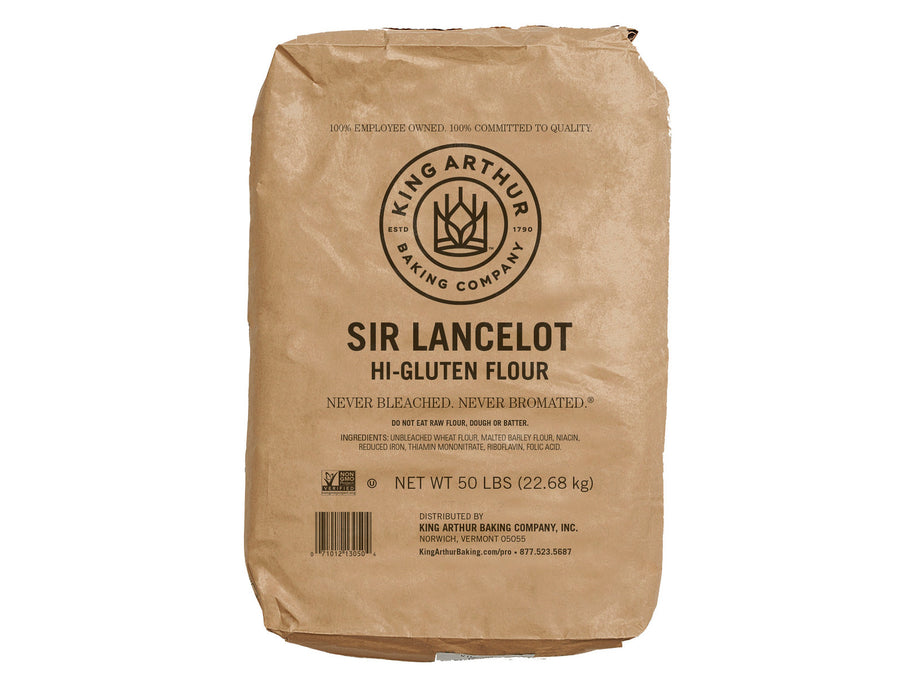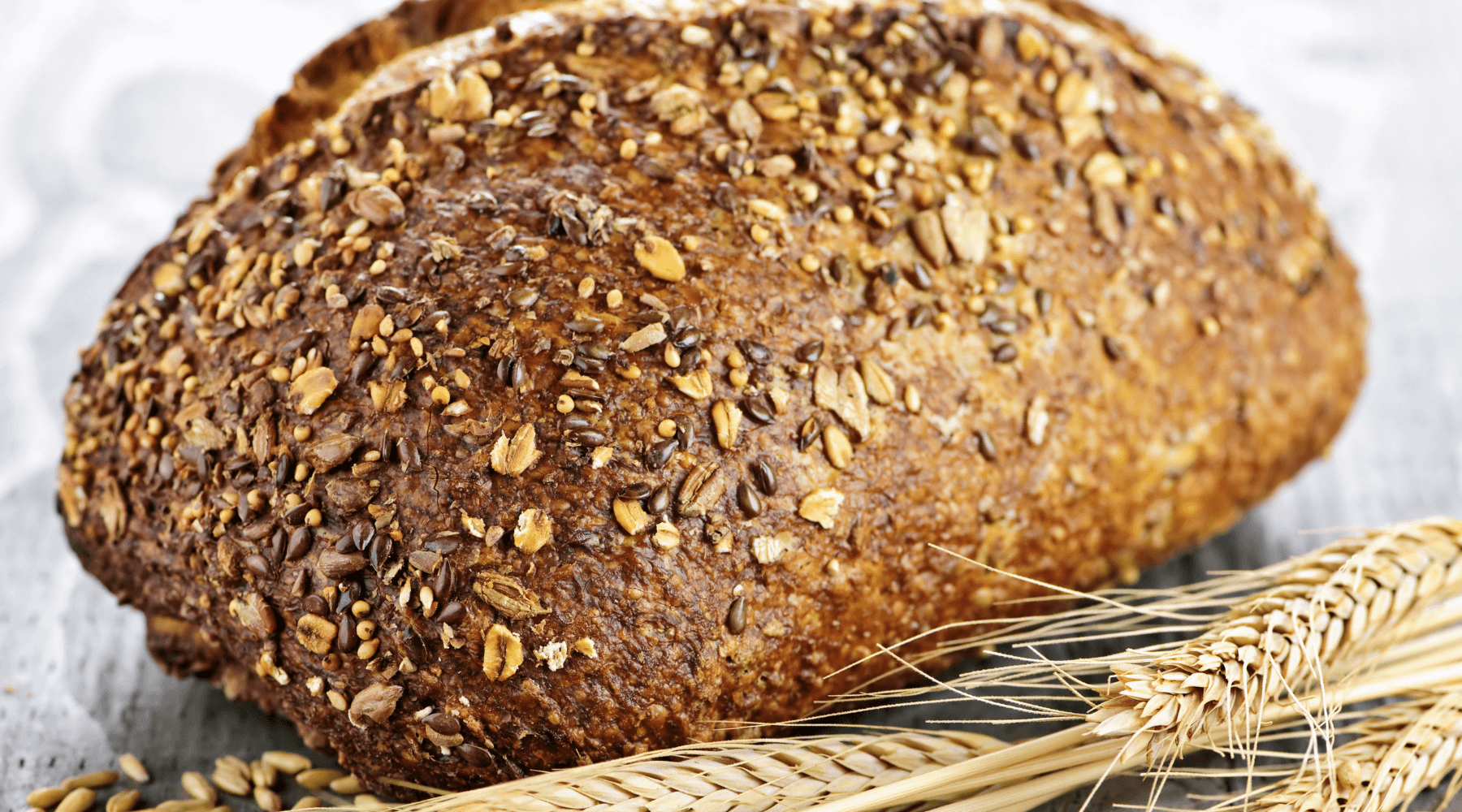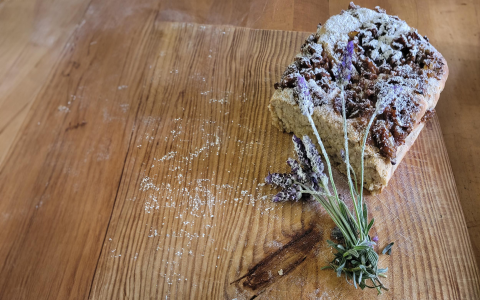In the vast world of baking, ingredients play pivotal roles in shaping the final product. Among these, high gluten flour stands out as a cornerstone for creating breads, pastas, and other baked goods with exceptional texture and structure. This article delves into the unique properties of high gluten flour, its importance in baking, and the diverse culinary applications it enables.

The Essence of High Gluten Flour
High gluten flour, also known as bread flour or strong flour, is distinguished by its high protein content, primarily gluten. Gluten is a natural protein found in wheat and other cereal grains that, when mixed with water, forms an elastic network that gives dough its structure and strength. This elastic network is crucial for the development of dough that can rise, retain gas during fermentation, and withstand the rigors of shaping and baking.
High gluten flour typically contains between 12.5% and 14% protein, making it ideal for bread-making. The higher protein content results in a stronger gluten network, allowing the dough to stretch and expand during proofing and baking, leading to the creation of airy, well-structured loaves with a crisp crust and soft crumb.
The Importance of High Gluten Flour in Baking
In the realm of baking, high gluten flour is indispensable for creating breads with a robust texture and superior taste. Its ability to form a strong gluten network ensures that dough can hold its shape during shaping and baking, preventing it from collapsing or spreading excessively. This results in breads with a higher loaf volume, better oven spring, and a more uniform crumb structure.
Moreover, the strong gluten network allows for longer fermentation times, which enhances flavor development through the breakdown of starches and proteins. This leads to breads with a more complex, deeper flavor profile, making high gluten flour a must-have for artisanal and professional bakers.
Versatile Culinary Applications
Beyond traditional bread-making, high gluten flour has a wide range of culinary applications. In pasta-making, it is used to create noodles and dumplings that are resilient and hold their shape during cooking. The strong gluten network prevents the pasta from becoming mushy or breaking apart, ensuring a delightful eating experience.

High gluten flour is also ideal for baking goods that require a lot of handling, such as croissants, baguettes, and pizza dough. The elastic gluten network allows these doughs to be stretched, folded, and shaped without losing their structural integrity, leading to baked goods with a professional finish.
In addition, high gluten flour can be used in gluten-free baking as a binder or thickener in combination with other gluten-free flours. Its ability to form a strong network helps to improve the texture and structure of gluten-free baked goods, making them more akin to their gluten-containing counterparts.
Conclusion
High gluten flour is a versatile and essential ingredient in the baking world. Its unique properties enable the creation of breads, pastas, and other baked goods with exceptional texture, structure, and flavor. From artisanal breads to elaborate pastries, high gluten flour unlocks a world of culinary possibilities, satisfying the discerning tastes of bakers and food enthusiasts alike. As the culinary landscape continues to evolve, high gluten flour will remain a cornerstone of baking excellence, inspiring bakers to push the boundaries of creativity and flavor.













